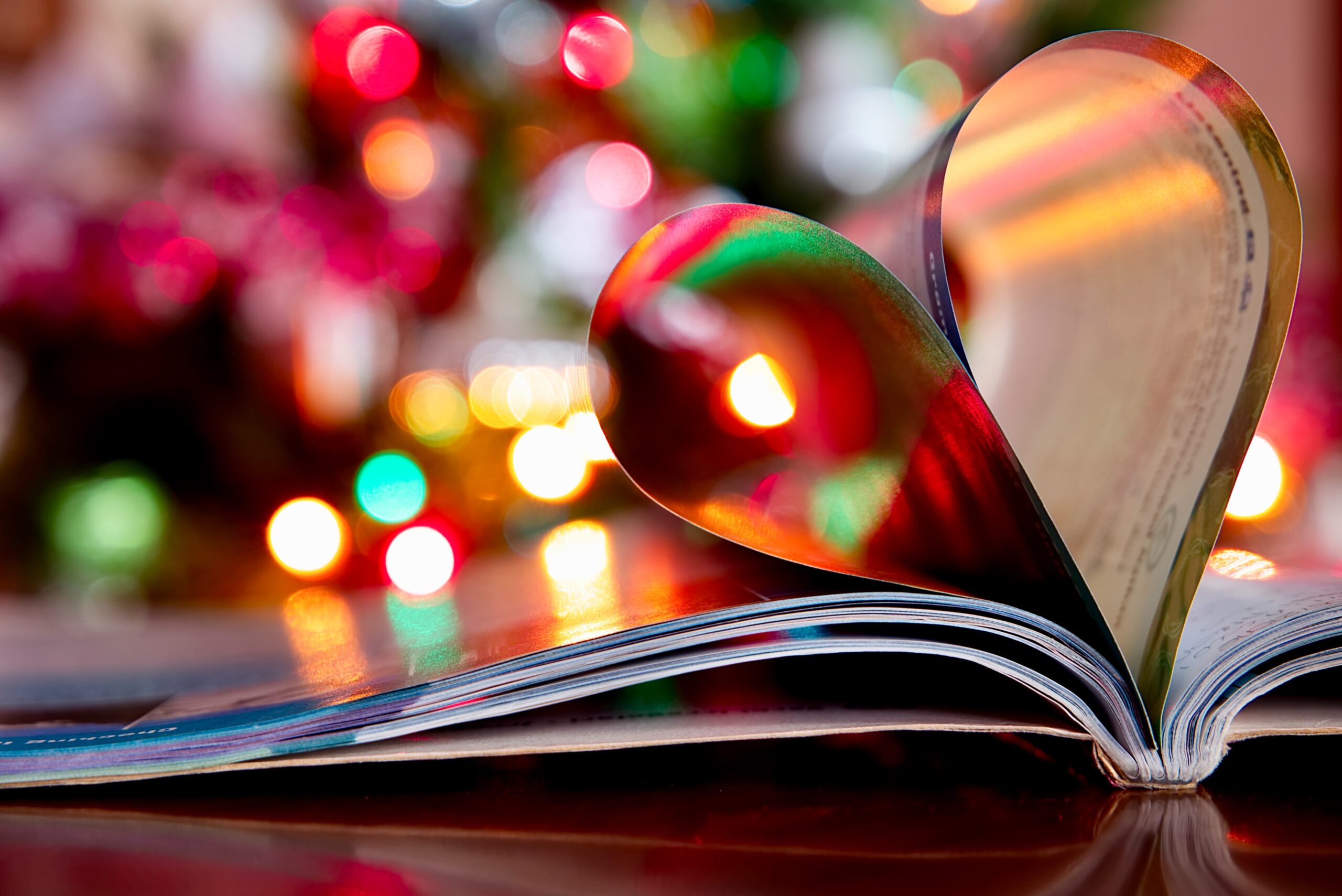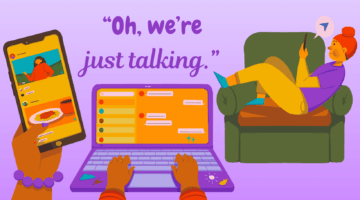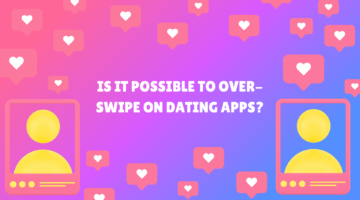Why is “Holiday Sex” so Popular?
December 14, 2022 by Emily Mendelson
What’s the most popular day of the year to conceive a child? According to the data, it’s Christmas Eve (at least in the United States). The third most popular? New Year’s Eve. The result of all of these December conceptions is a lot of September babies. If you’ve ever felt overwhelmed by the number of birthday cards and gifts you need to purchase in September, now you know why!
So why do so many people seem to be feeling particularly “in the mood” around the winter holidays? Let’s take a look at some of the reasons.
1. There’s love in the air in the winter
Between the Hallmark movies, streets lined with lights, ice skating, mistletoe, and hot chocolate by the fire, there are a lot of symbolic things that give us that tinge of romance at this time of year. But it goes deeper than that. The reduced sunlight exposure we receive in the winter months affects production of the brain chemical serotonin, which is important for regulating mood. This winter drop in serotonin just might prime us to want more intimate connection, and to not be alone during what feels like a very romantic time.
These are all part of the reason why “cuffing season” exists — you know, that time around November/December when it seems like everyone’s relationship status is changing on social media. Research does indeed find that people are more interested in finding a partner during the winter months, with increased dating app signups being just one indicator.
2. People have sex on the brain during the holidays
This tendency to have intimacy on the brain isn’t just about the winter, but also about the holidays themselves. Utilizing data from 129 countries, researchers investigated the popularity of Google searches and tweets about “sex” throughout the year. They found that searches for sex increase during the holiday season, and that the timing of the “peak” is dependent, largely, on the religious affiliation of the country. For example, searches for sex were most popular around Christmastime for countries with large Christian populations (like the United States), but these searches peaked during Eid al-Fitr and Eid al-Adha (holidays that occur at varying times of year based on a lunar calendar) for countries with large Muslim populations (such as India) [1].
So while there’s seems to be an effect of winter, there’s an additive effect of the holidays, too.
It’s worth noting that in addition to changes in internet searches, condom sales also give us some insight into how many people are planning to have sex soon, and research has found a reliable peak during the Christmas period [2]. This phenomenon of buying more condoms around the holidays appears to be worldwide. For example, according to an analysis of annual sales done by convenience store chain 7-Eleven, the most popular day for condom sales in Korea is on Christmas Day. Additionally, during the Hindu holiday Navratri, condom manufacturers increase their marketing in anticipation of a 10-20% increase in sales, specifically in Gujarat.
3. It’s the perfect excuse to give a sexy gift and try something new
Another reason people may be having more sex during the holidays is the opportunity to buy things for a partner that they normally would not, such as in the form of a “naughty Santa” gift exchange. After all, gift giving is a large part of many of the winter holidays. Have you been wanting to try out a new toy in the bedroom? The holidays are the perfect time to gift one to your partner so that you’re incentivized to use it together, and maybe even reset your sex life in the new year.
According to a poll of 2,000 sexually-active Americans done by Pure Romance, 77% of participants agreed that “holiday sex” is more festive and more magical than sex on a non-holiday. Additionally, 67% of participants were more likely to “spice things up” in the bedroom as well as take more sexual risks because of traveling or vacationing. It seems that mistletoe, love in the air, and sneaking away (sometimes even if it’s to your childhood home!) all coalesce to encourage people to be more adventurous with their sex lives around the holidays.
4. There’s plenty of booze to go around
In the United States, the holidays are a time for celebrating. And drinking. So maybe this winter sex/intimacy effect is also about all of that alcohol we’re consuming? Research has shown that increased alcohol consumption increases the perceived attractiveness we have for ourselves and others [3], sometimes referred to as the “beer goggles” effect. For example, in a study of 679 attendees at night clubs and dance festivals in New York City, people who drank alcohol reported feeling more attractive, more socially outgoing, and had increased sexual desire. [4]
Beyond the booze, there’s also the fact that people seem to be more easily sexually titillated in some ways during the winter. For instance, because women are wearing clothes that provide more coverage in the winter compared to the summer (it’s cold outside!), heterosexual men find women’s bodies more sexually arousing during the winter because seeing skin is a lot more scarce!
Given that several major holidays in the United States coincide with the cold winter months, it now makes sense as to why that week between Christmas and New Year’s seems to be the time Americans get busiest in the bedroom!
If you’re looking to spice things up this holiday season, be sure to check out our holiday gift guide for some sexy gifts for you and your partner. Happy shopping!
Want to learn more about Sex and Psychology? Click here for previous articles or follow the blog on Facebook (facebook.com/psychologyofsex), Twitter (@JustinLehmiller), or Reddit (reddit.com/r/psychologyofsex) to receive updates. You can also follow Dr. Lehmiller on YouTube and Instagram.
Top Photo Credit: Eleonora Albasi via Unsplash
References:
[1] Wood, I. B., Varela, P. L., Bollen, J., Rocha, L. M., & Gonçalves-Sá, J. (2017). Human sexual cycles are driven by culture and match collective moods. Scientific Reports, 7(1), Article 1. https://doi.org/10.1038/s41598-017-18262-5
[2] Wellings, K., Macdowall, W., Catchpole, M., & Goodrich, J. (1999). Seasonal variations in sexual activity and their implications for sexual health promotion. Journal of the Royal Society of Medicine, 92, 60-64.

Dr. Justin Lehmiller
Founder & Owner of Sex and PsychologyDr. Justin Lehmiller is a social psychologist and Research Fellow at The Kinsey Institute. He runs the Sex and Psychology blog and podcast and is author of the popular book Tell Me What You Want. Dr. Lehmiller is an award-winning educator, and a prolific researcher who has published more than 50 academic works.
Read full bio >


